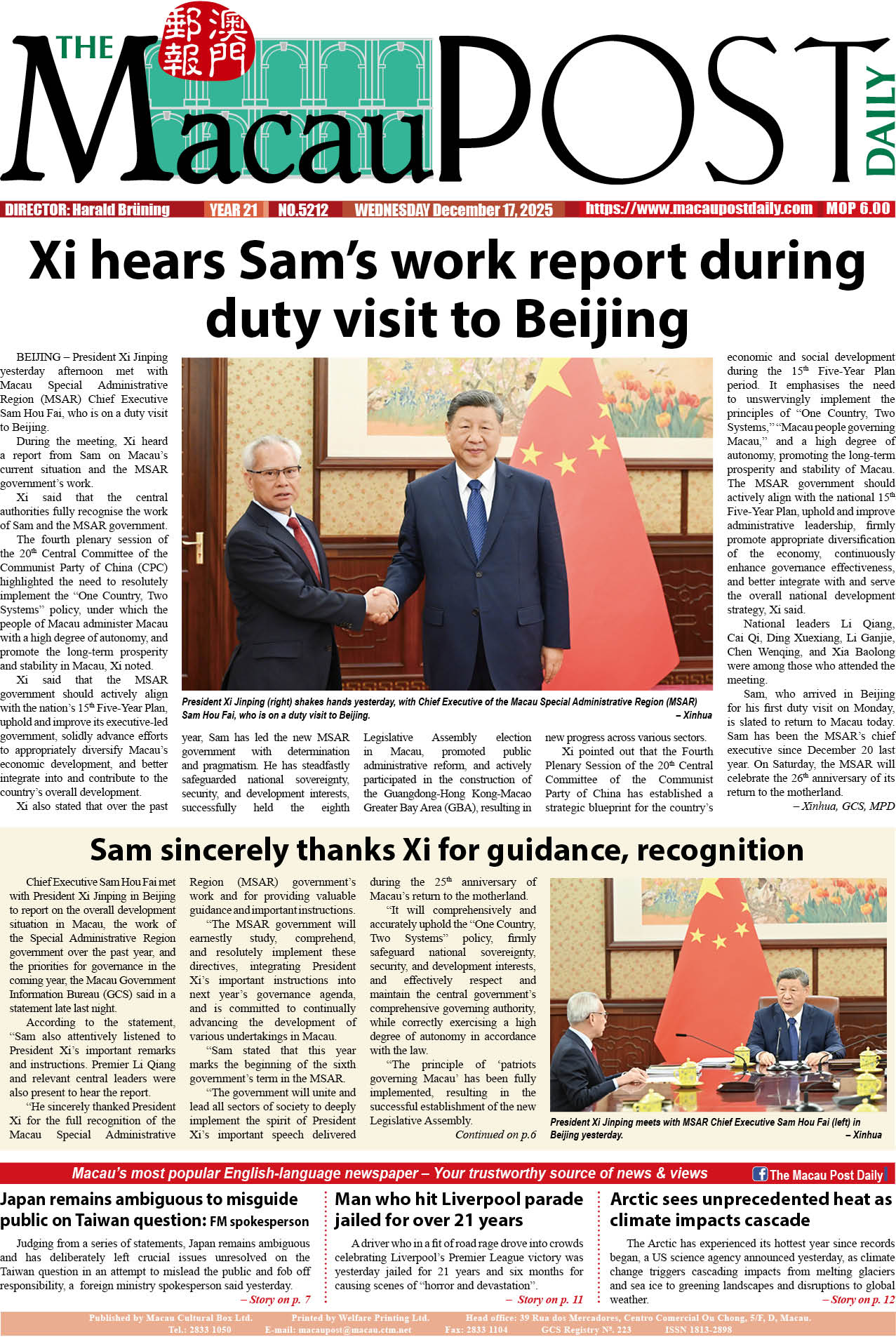Interview by Ginnie Liang
A local innovative dance training programme known in colloquial Cantonese as “作動”, (“pre-labour contractions”), directed by local actor Dicky Tsang, alongside local dancer, choreographer and coach Leong Iek Kei, aimed to challenge traditional dance norms through a unique blend of modern dance, tai chi, and personal storytelling.
Tsang and Leong talked with the Post about the concept behind the production during a recent interview at their rehearsal venue in Macau.
“作動” is a Cantonese colloquialism that describes the impending birth of a baby from the mother’s womb, signifying the process of nurturing creativity.
Journey of self-discovery
The recent performance featured nine trainees who embarked on an artistic journey that emphasised self-discovery and emotional expression, inviting the audience into an “open class”, where the trainees initially experienced a traditional, structured approach to dance.
However, as the performance unfolded, the rigidity of this method gave way to a more personal exploration of movement. Tsang explained: “The trainees gradually began to explore themselves with dance, moving beyond the constraints of traditional dance training.”
The ongoing training programme spans two years and will culminate in three performances, Tsang said, adding that it will be evolving into a dance theatre performance that completes the trilogy.
The nine performers were selected through an open recruitment process, each bringing unique backgrounds in various dance forms, including pole dancing, Chinese traditional dance, ballet, and animal flow.
Animal flow is a ground-based, bodyweight movement system designed to improve a range of skills including speed, power, endurance, flexibility, mobility, and stability.
Among the trainees is Felicia Lim, who comes from Malaysia. Having loved dance since childhood but never practised modern dance, she said, “Compared with traditional dance, modern dance has fewer rules, no fixed movements, and higher freedom.”
Lim also said she appreciated that the instructors guided them in creating their own movements rather than just imitating a set routine. “We are more inspired by systematically developing and training in this way,” she said.
Integrating tradition and innovation
Tsang highlighted the differences in body movement influenced by cultural backgrounds. Tsang noted: “The physique and skeleton of Westerners are more suited for ballet, they search upward, while Eastern people often bend downward in their movements.” He attributed this to historical experiences and cultural practices that emphasise grounding.
Leong elaborated on the programme’s foundation, saying that tai chi is used for body training to ensure that each dancer’s lower body is solid. “There’s a natural connection between tai chi and modern dance. We also invited guest instructors [to the first performance] to introduce tumbling movements and comprehensive modern dance training.”
Among the other students is Chan Man Hun, who grew up practising Chinese traditional dance. She wanted to explore what it would be like to move outside the constraints of traditional dance.
Her piece starts with her own story, particularly her experience with surgery. “It was when I had my first surgery done in my life, I took sleeping pills, and then received anaesthesia and fell asleep,” she recounted, adding that she wanted to express a feeling of lack of control over her body during the post-anaesthesia period.
To enhance the first performance’s visual impact, the team incorporated lines into the dancers’ costumes, emphasising the transition from points to lines in their movements. Tsang explained: “This design enhances the feeling of visual flapping and complements the choreography for each dancer.”
Power of personal narratives
As someone who primarily works in theatre, Tsang has been crucial in structuring the show. “My job was to design the segments in a way that allows the audience to connect with the dancers and understand their stories,” he noted. Each student’s personal narrative was transformed into an individual dance piece, with minimal spoken language. “We let the stage elements – like lights and music – do the talking,” he added.
In the interview, Leong gave insights into the lives of the performers, most of whom have day jobs and dedicate their free time to training. “Though this is not advanced modern dance, it requires a level of technical skill and personal expression,” she noted. “The simplicity of the dance can be deceiving, as it demands excellent power control and natural movement to resonate with the audience. And the dancers often face physical challenges – bruises from training – yet their persistence is truly inspiring,” Leong reflected.
Both Tsang and Leong view this project as an experimental dance work, diverging from traditional, technique-orientated performances. “We hope to provide the audience with a fresh feeling. Even though I am not a dancer myself, I am presenting dance through a theatrical lens,” Tsang remarked, adding that he and Leong are curious about the audience’s reception as they continue to push the boundaries of conventional dance performance.
“作動” was staged last Saturday and Sunday by Macau Space for Dance Idea at Va Nam Industrial Building in Taipa. Interested individuals can view more details on its official social media page at
https://www.facebook.com/MacauSpaceforDanceIdea.
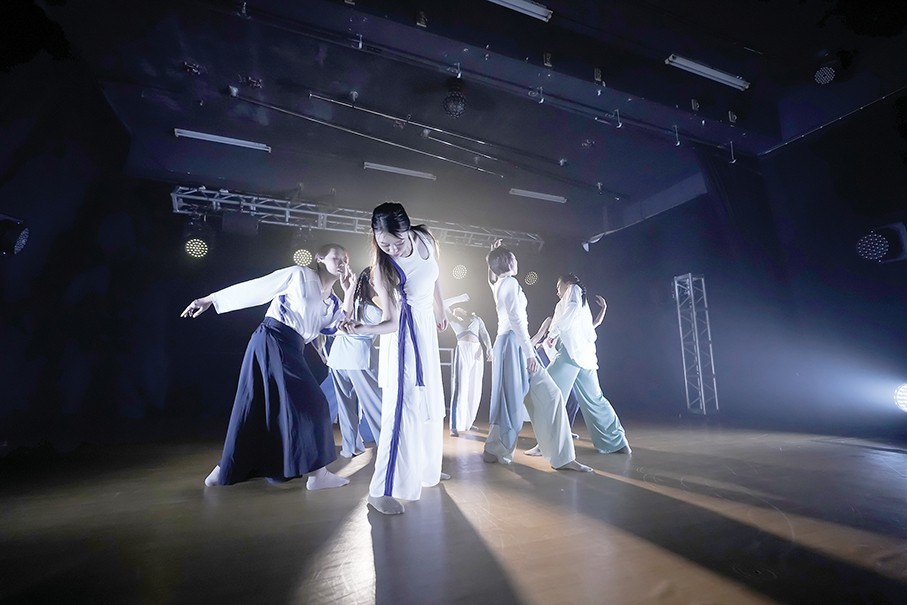

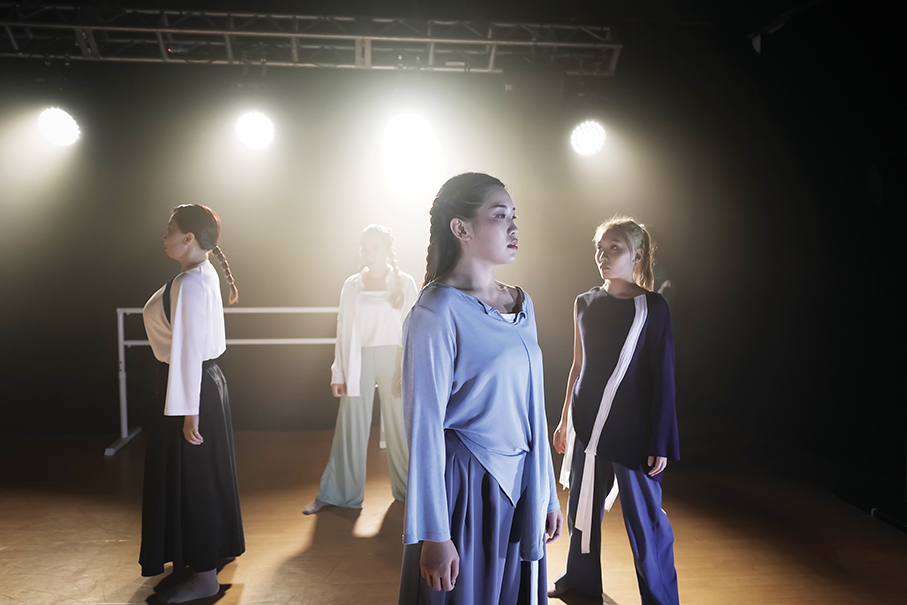
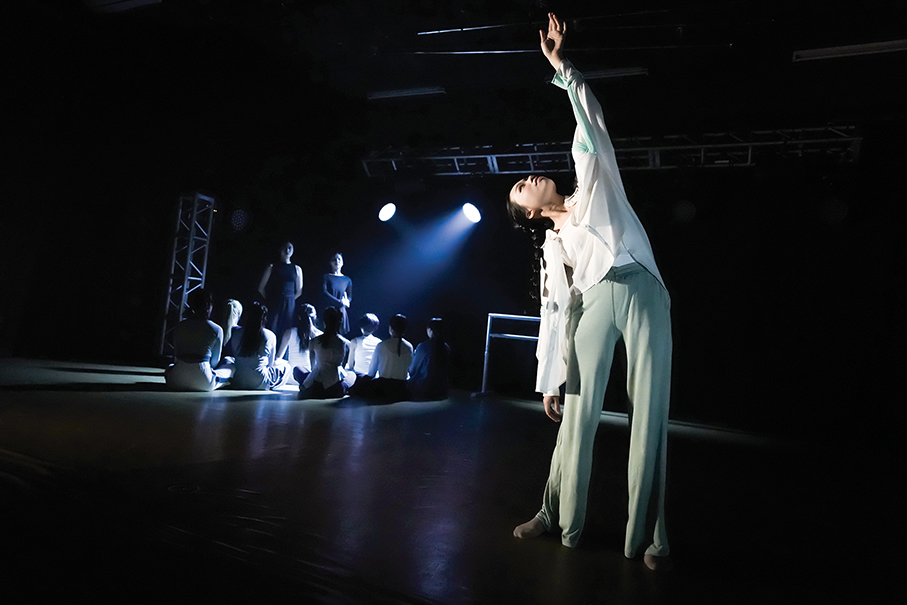
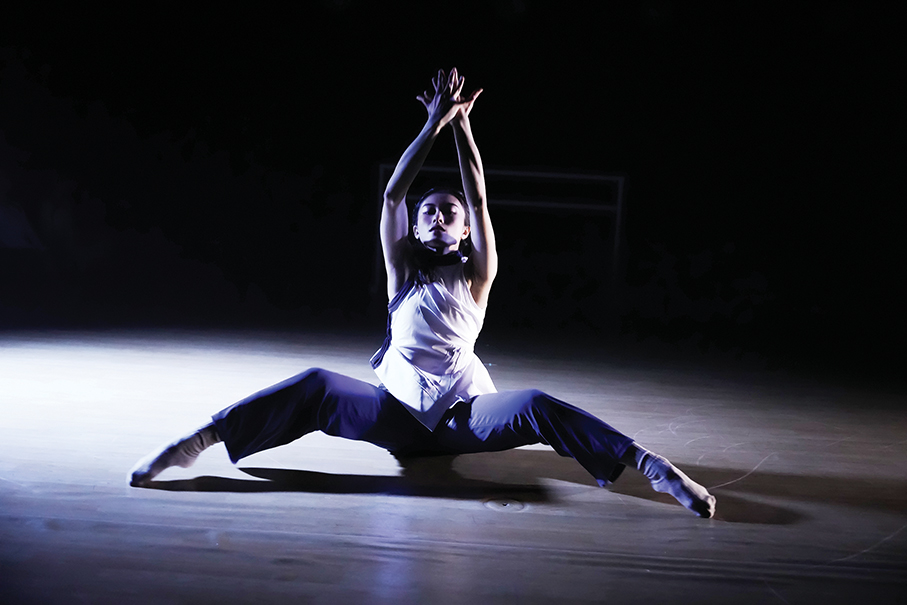
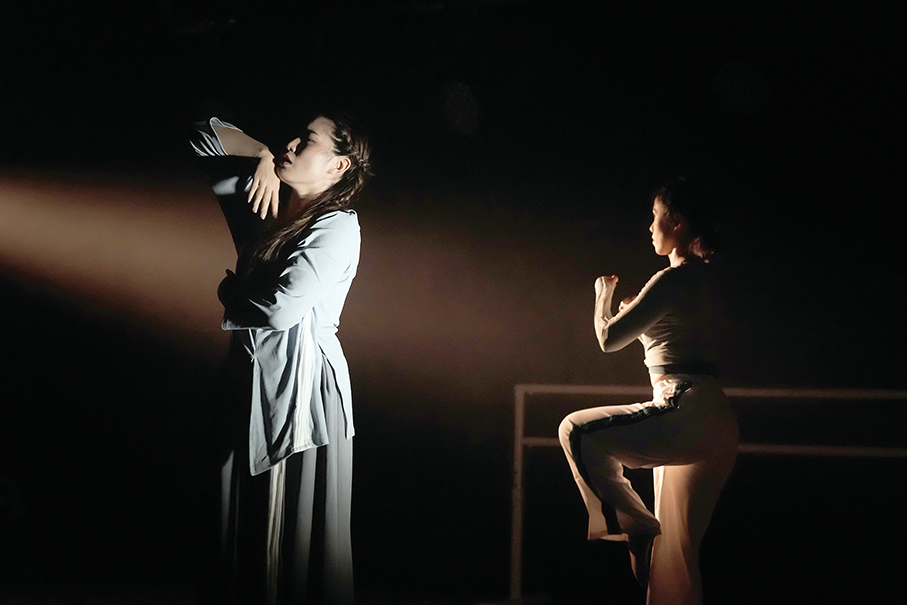
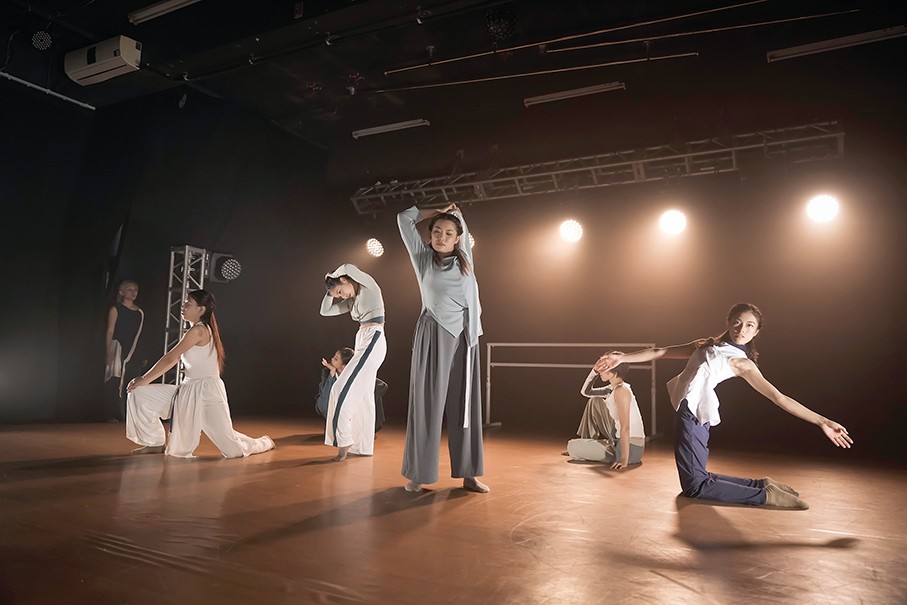
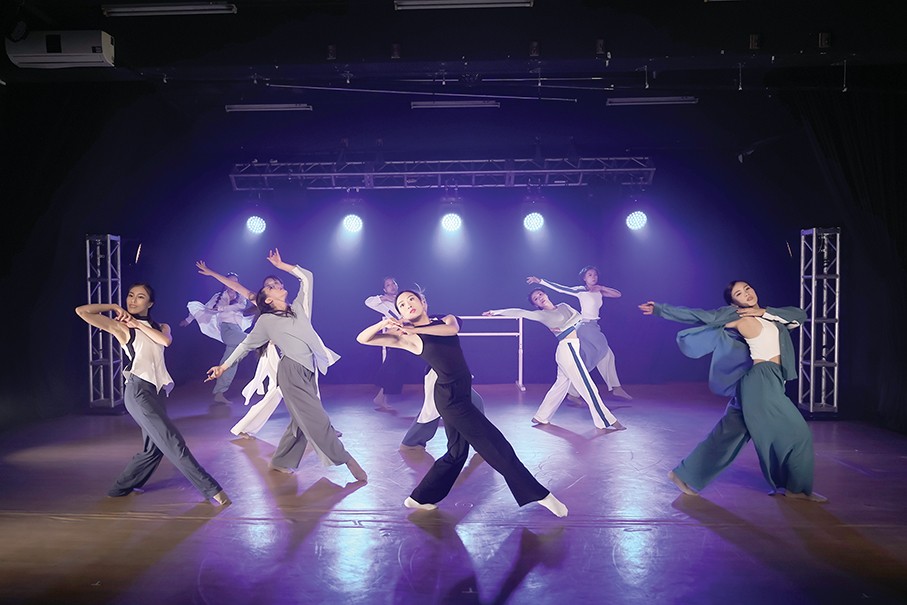
All photos provided by Macau Space for Dance Idea







